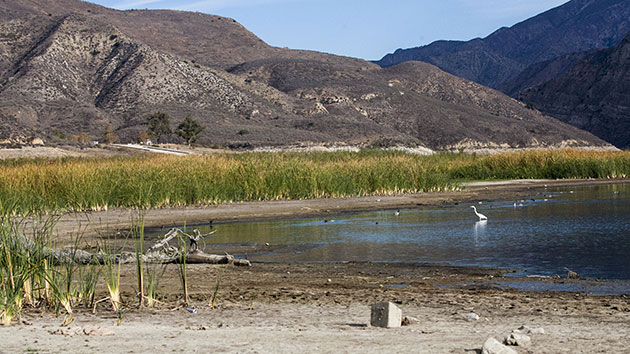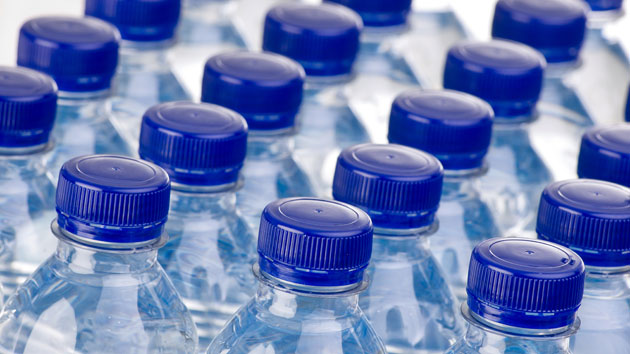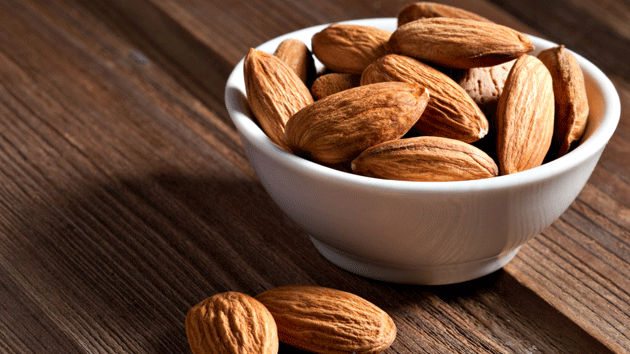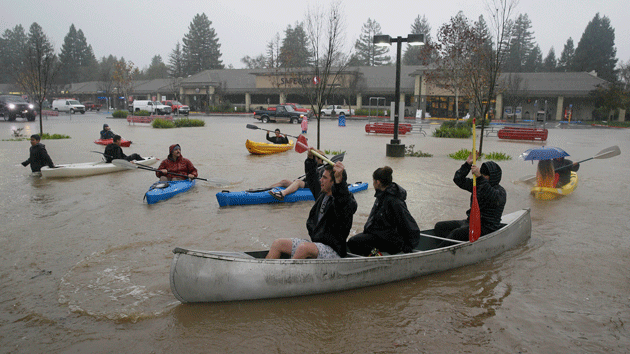
People canoeing and kayaking in a flooded parking lot in Healdsburg, California. Eric Risberg/AP
In the midst of the most intense drought in hundreds of years, Northern California is being bombarded with rain (here are some crazy photos). In a state that produces roughly half of the country’s fruits and veggies, the water is more than welcome. The storm is expected to dump 2-8 inches of water in the Bay Area, and 2-5 inches in Southern California. But California would need 18-21 more inches of rain over the next six months in order to make up for the drought, according to the National Oceanic and Atmospheric Administration. The state usually gets about 23 inches of rain per year.
Check out the similarity between a drought intensity chart from two weeks ago, when California was still pretty dry, and two days ago, after several days of rain.
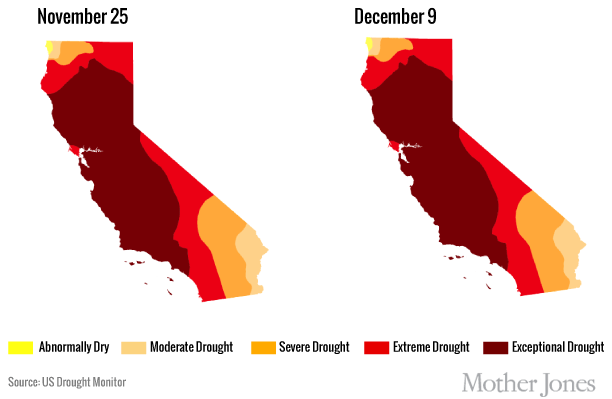
Compared with the levels two weeks ago, there’s been a small but noticeable increase in the state’s reservoir water; California’s two largest reservoirs, Shasta Lake and Lake Oroville, have both seen a three percent rise. The image below, updated on December 10th, compares how much California’s reservoirs can hold (in yellow) with how much they’re currently holding (in blue).
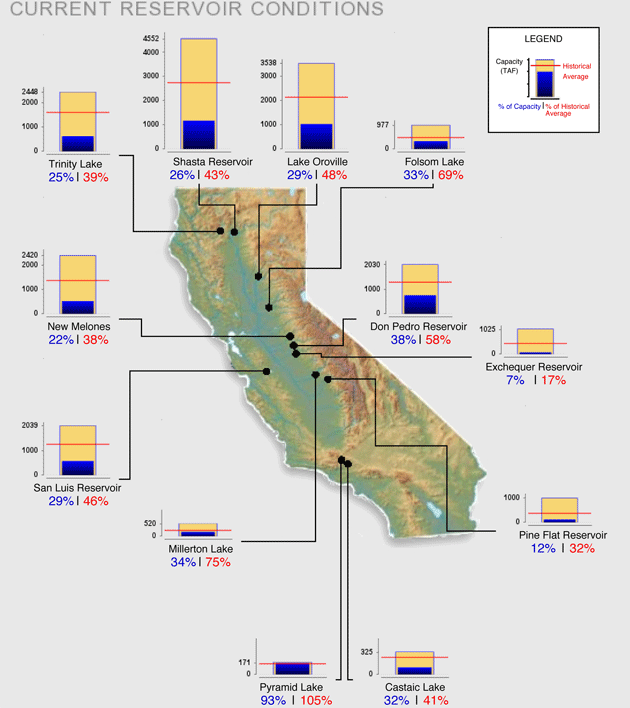
Some experts are worried that the rain will make people forget about the fact that California’s still in a drought. “Thursday it’ll rain, and people will say, ‘Oh, I’m very excited,’ and Saturday it’ll rain, and ‘Oh, drought’s over.’ Not even close,” Jeffrey Mount, a senior fellow with Public Policy Institute of California focused on water, told KQED. “This has been three consecutive years of extreme dryness, and that extreme dryness translates to much lower groundwater levels, and very dry soils. It’s going to take a lot of rain to break this drought.”

